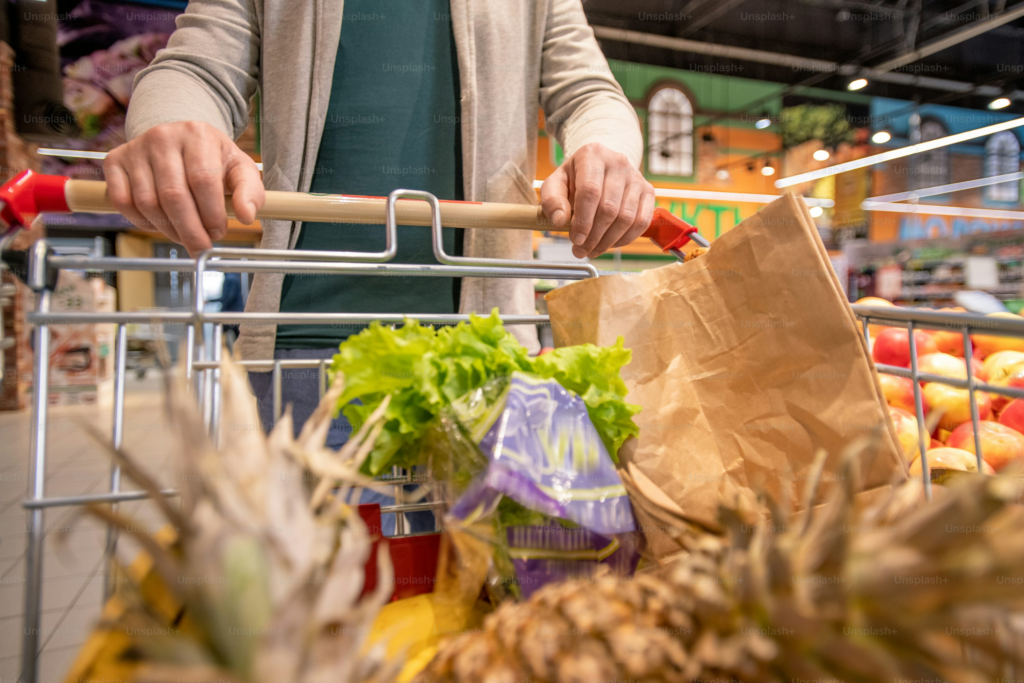Food and drink prices in Japan continue to increase, with more than 1,000 items set to become more expensive for the second straight month in February. A study by Teikoku Databank reveals that over 1,600 products will see price hikes this month due to higher import costs, the weak yen, and increased logistics expenses. Experts predict that price increases will continue into 2025, potentially affecting up to 20,000 items by the end of the year.
Food Prices in Japan Keep Rising
Food prices in Japan have been increasing for some time, and the trend does not seem to be slowing down. A recent study shows that more than 1,000 food and drink items will become more expensive in February, just like in January. The reason behind this is mainly the weak yen, which has made imported goods more costly.

Japan relies on imports for many food products, and when the yen loses value, it becomes more expensive for companies to buy goods from other countries. As a result, businesses have no choice but to raise prices to cover their costs.
Survey on Food and Beverage Price Increases
A private research company, Teikoku Databank, conducted a survey to find out how prices are changing. They collected information from nearly 200 major food and beverage manufacturers in Japan. Their study found that the prices of more than 1,600 items will increase this month. This is worrying for consumers, as everyday items are becoming harder to afford.
The survey revealed that a large number of these products fall into different categories.
- Processed Foods: More than a third of the affected products are processed foods. This includes frozen foods, chilled noodles, and other ready-to-eat meals. These are popular among people with busy lifestyles, so the price increases will impact many households.
- Condiments and Sauces: Around 21% of the items affected include sauces like barbecue sauce, soy sauce, and salad dressings. Many of these products are essential for cooking, meaning families will have to spend more on daily meals.
- Confectionery and Chocolates: Nearly 20% of the affected items include sweets such as chocolate, cereal products, and other confectionery items. This could make treats more expensive, affecting businesses that rely on selling such products.
Other Factors Behind Price Increases
The weak yen is not the only reason for these price hikes. Teikoku Databank also pointed out that the cost of workers’ wages and transportation is increasing.
- Higher Wages: Many companies have had to increase salaries for their employees. While this is good for workers, it also raises the cost of production, which is then passed on to consumers.
- Rising Transportation Costs: Shipping and delivery costs have gone up due to various reasons, including fuel prices. Since food products need to be transported from factories to stores, these higher costs add to the final price of the items.
Expected Price Increases in 2025
Teikoku Databank predicts that the price hikes will continue throughout 2025. According to their study, more than 8,800 items are already scheduled to become more expensive next year. If the trend continues at the same pace, as many as 15,000 to 20,000 items could see price hikes by the end of 2025.
To put this into perspective, the total number of price hikes last year affected more than 12,000 items. This means that prices are rising at an even faster rate in 2024 and 2025.
How Long Will This Continue?
Experts believe that the situation may not improve anytime soon. Teikoku Databank estimates that price hikes will continue at least until the middle of 2025. This means that consumers will have to keep adjusting their budgets for another year or more.
Unless the yen strengthens or import costs decrease, businesses will continue to pass on higher expenses to customers. People in Japan may have to find ways to save money on groceries, such as looking for discounts or buying in bulk.
How Are People in Japan Coping?
Many households are already struggling with the rising cost of living. The continuous increase in food and drink prices has forced people to change their shopping habits. Some are choosing cheaper alternatives, while others are cutting down on non-essential items.
Restaurants and food businesses are also facing difficulties. Since ingredients have become more expensive, many restaurants have had to raise their menu prices. Some businesses are trying to find ways to reduce costs without affecting the quality of their food.

Possible Solutions
To ease the burden on consumers, experts suggest several possible solutions:
- Government Support: The Japanese government could consider providing financial support or subsidies to help reduce the cost of essential food items. Some countries have taken similar steps to control inflation.
- Encouraging Local Production: Increasing local food production could help reduce dependence on imports. If Japan produces more food domestically, it could lower costs and reduce the impact of the weak yen.
- Business Strategies: Companies may need to find ways to reduce expenses, such as improving efficiency in transportation and production. Some businesses are already looking at new technologies to cut costs.
The rising cost of food and drink items in Japan is a serious issue affecting many people. Due to the weak yen, high import costs, and increased wages and transportation expenses, more than 1,600 items will become more expensive this month alone. Experts predict that by the end of 2025, up to 20,000 items may see price increases.



